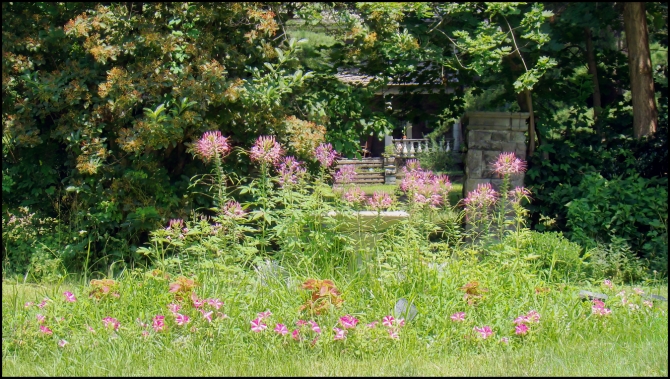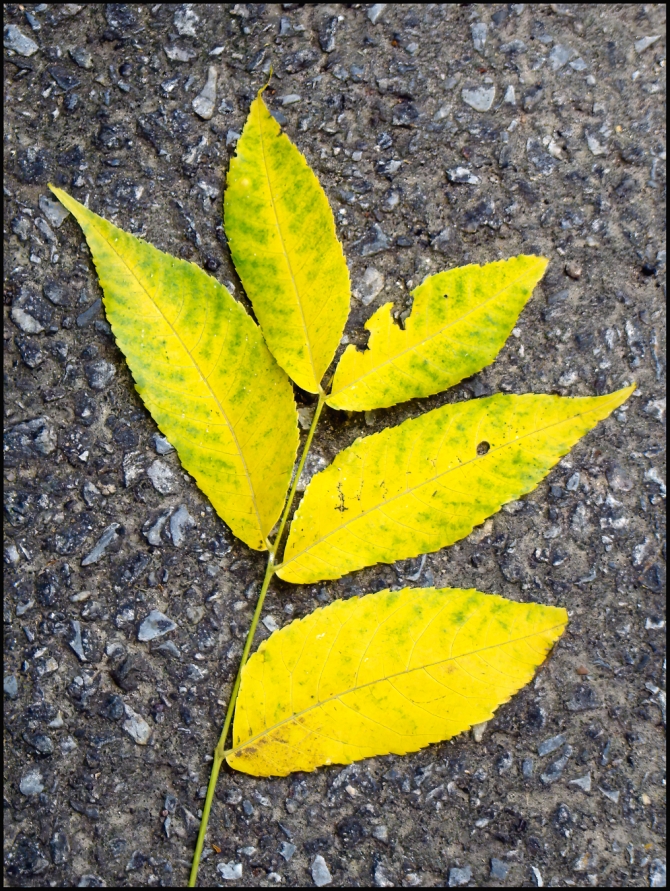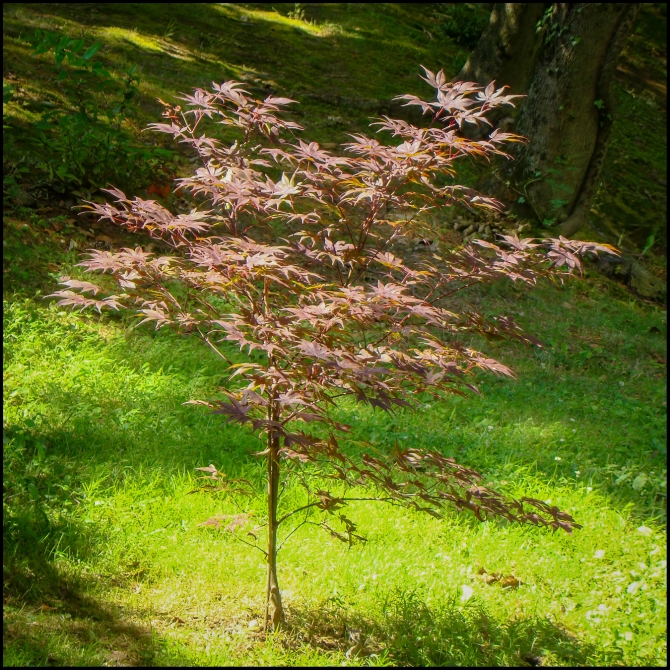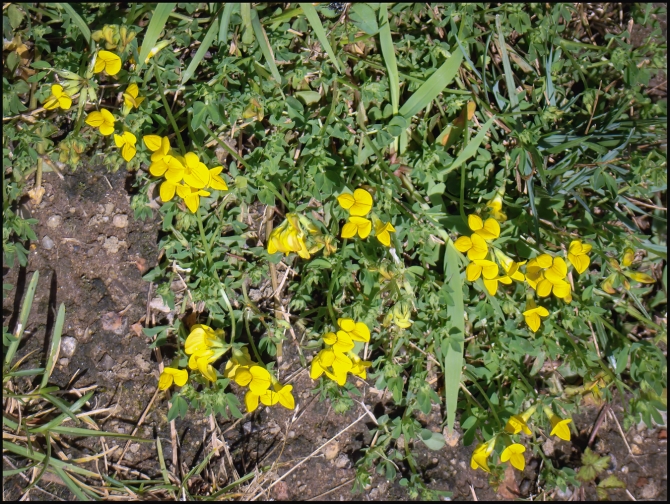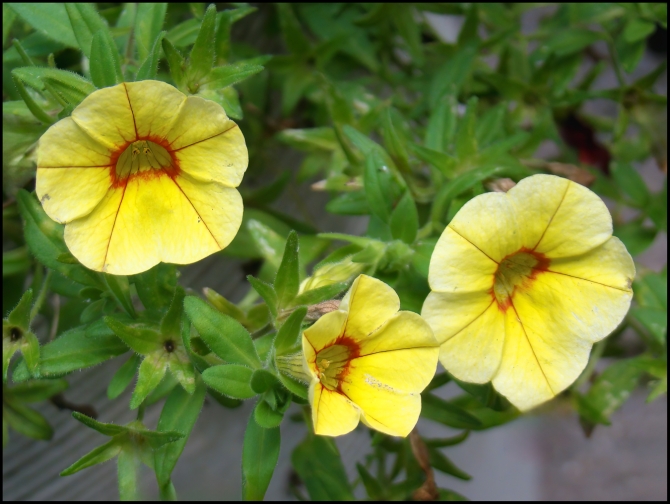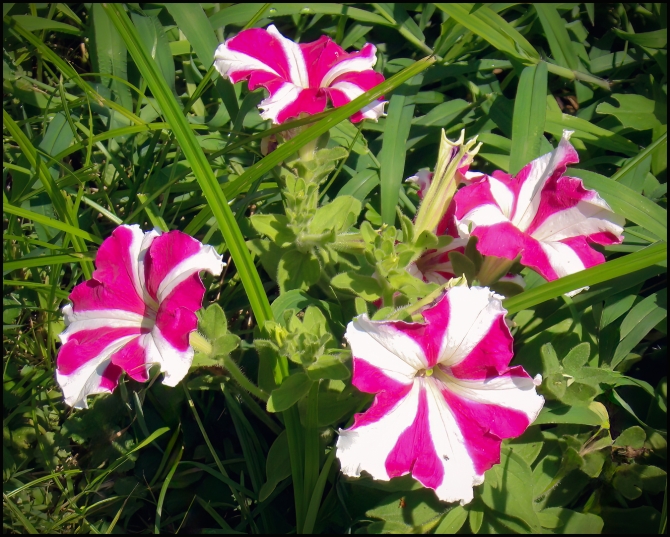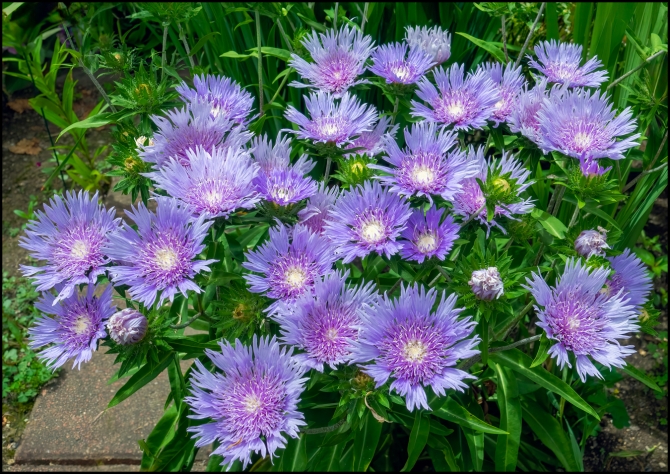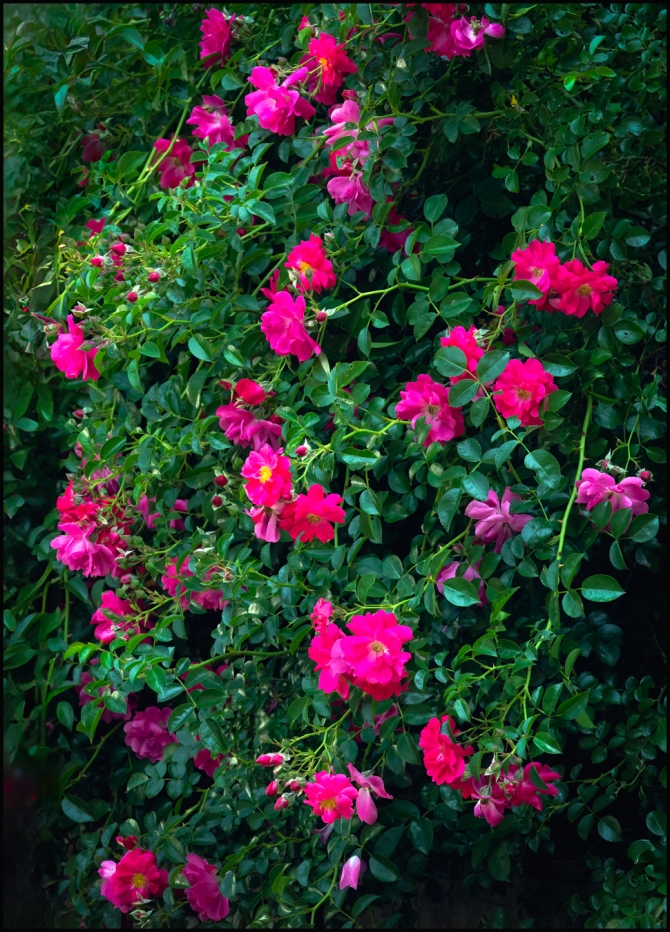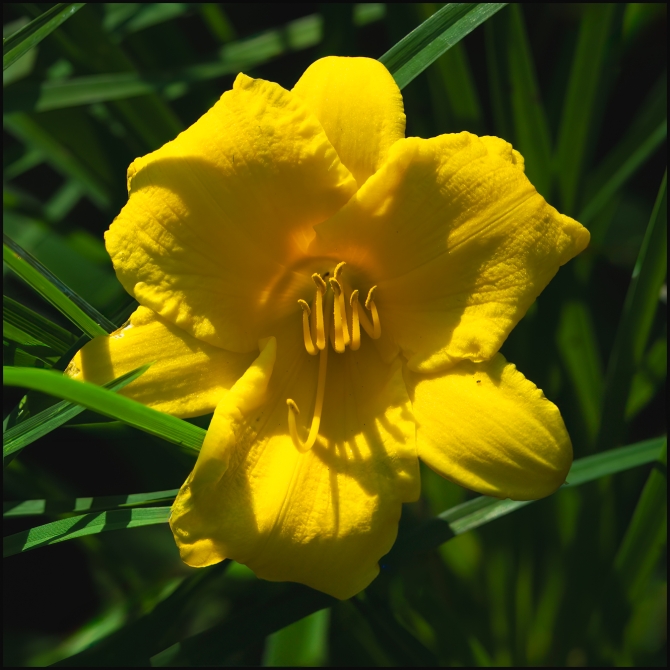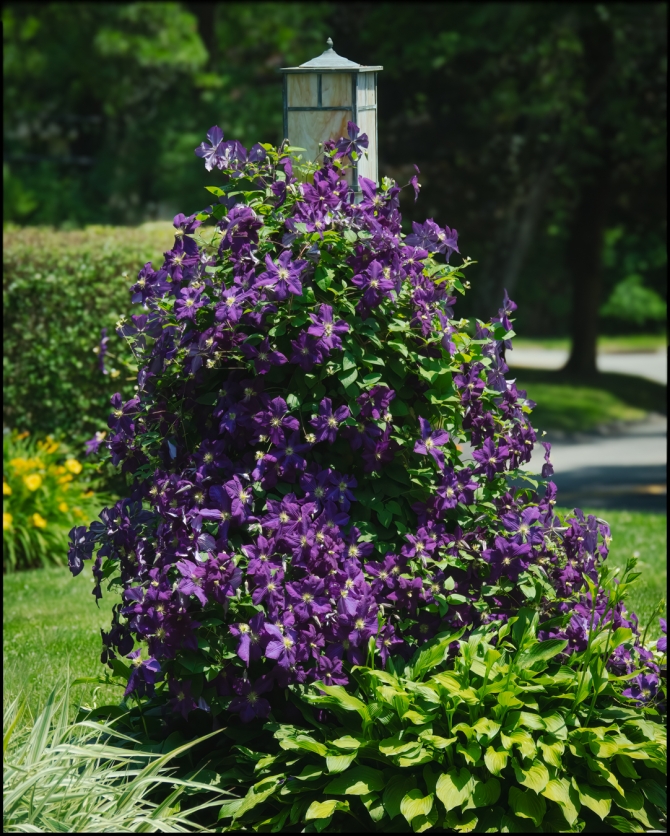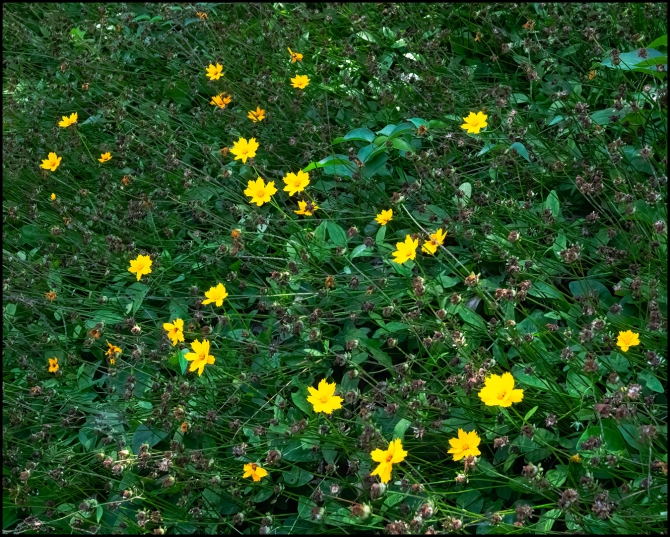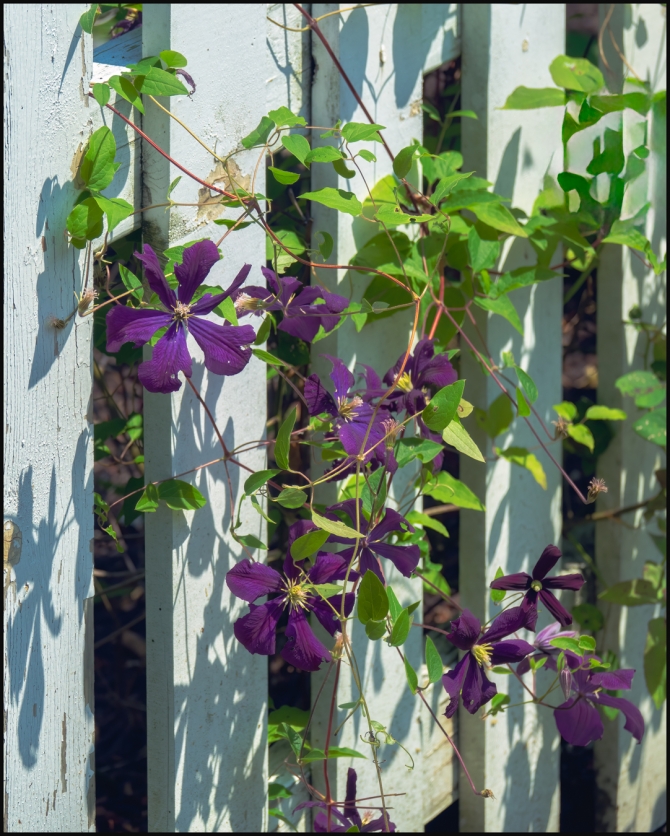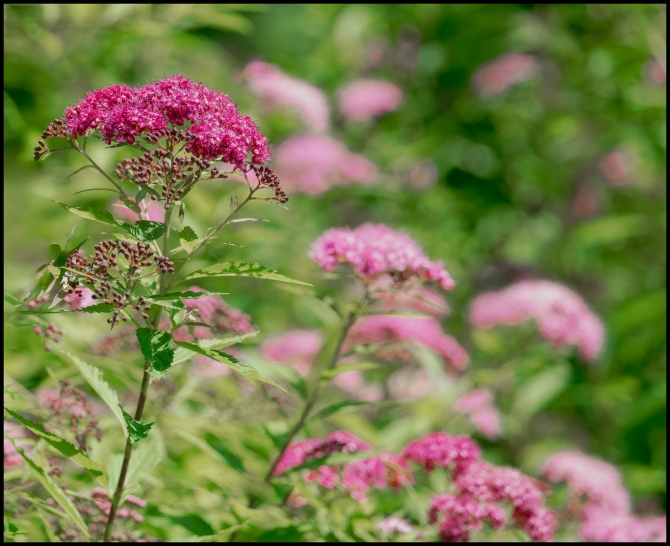The Manse is across the road from the Presbyterian Church.
According to Mary Cheever.
During his pastorate at the church, Mr. Blessing lived with the Misses Dennis, cousins of Mr. Shepard, whose home was on the site of the Arcadian Shopping Center. With the arrival of the second minister, Benjamin T. Marshall, a manse was established in the house Dr. Holden had built for his son George Clarence Holden on the hill on the hill between the Holden homestead and Scarborough Road (later the Easton House). The present manse next to the Sparta Buying Grounds on Revolutionary Road was given by Mrs. Shepard and completed in 1913. It was designed by William C. Holden, son of George C. Holden, who was the builder, and who owned and operated the Ossining Pressed Stone Company on the river front in Ossining Village. (Mary Cheever. The Changing Landscape. A History of Briarcliff Manor-Scarborough, pp.53-54).
I don’t have much to say about this other than that I found it interesting.
The flower bed is located directly in front of the entrance to the Manse.
Taken with a Sony DSC-H50

